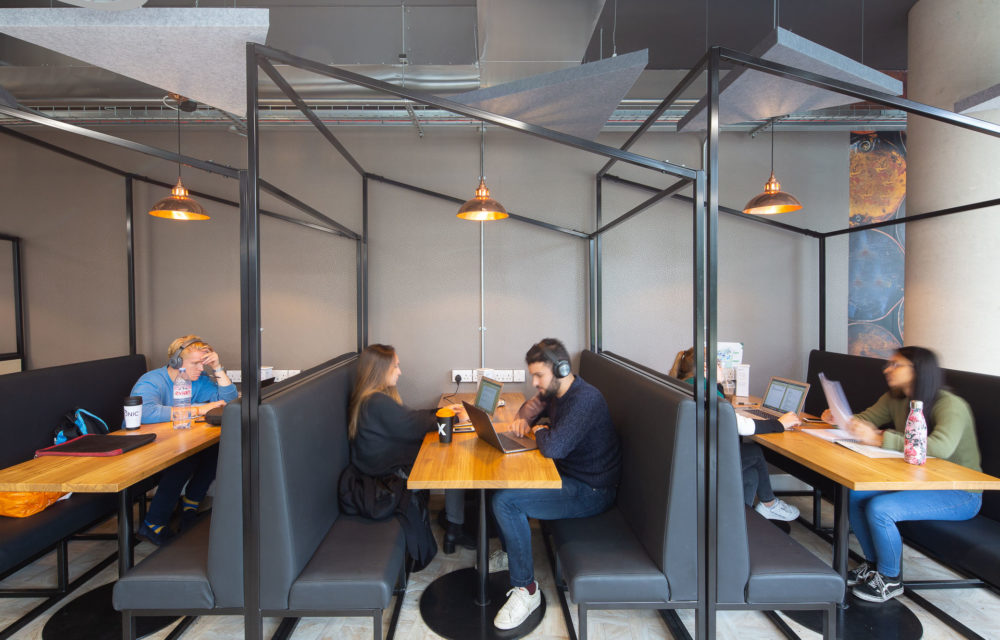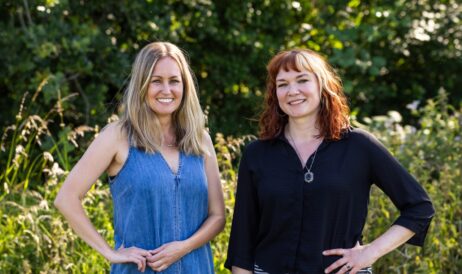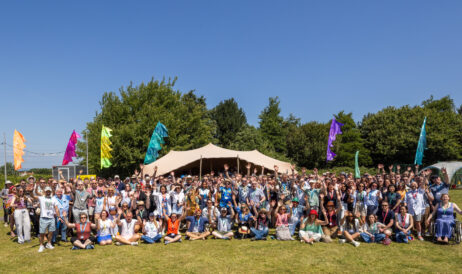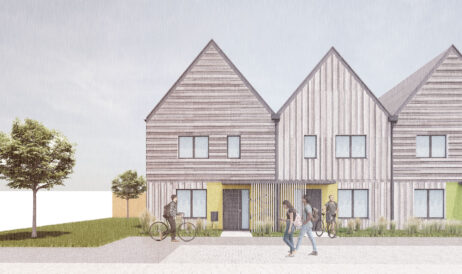It’s the start of the university academic year. Along with the usual end-of-holiday blues accented with nervous excitement about the new term ahead, university students in 2020 face an extraordinary additional burden: navigating the ongoing pandemic.
While students’ freedom to enjoy university life might feel constrained by the awkward new arrangements, it could actually lead to a net long-term good.
How? By accelerating what I think is a lynchpin trend: 24/7 opening of libraries and study spaces.
The trend has been building for a few years (see, for example, our design for the Beatrice Shilling Building), driven by demand from students with increasingly high expectations as paying consumers of education. No longer content just to take what’s given to them, students want the flexibility to tailor when and where they study to suit their mood and preferences.



This trend will likely speed up now that blended learning models of pedagogy, imposed because of coronavirus, mean that students no longer have to be quite so collocated in space and time to complete their courses.
Of course, many students are happy to stick with what they are used to: studying during the day. Many others though – procrastinators up against a deadline, those who want to pursue sports and other hobbies during the day, foreign students wanting to inhabit their home timezones, or just night owls – would gratefully shift to alternative timetables if only the choice were available to them.
And that’s the problem, of course: the shut-down of communal study spaces and related IT services beyond a certain hour closes down choices, often to the point where, if they want to work at night, the only option is the loneliness and isolation of their bedrooms.
The risk that this contributes to the high prevalence of mental health problems among students may not, by itself, clinch the argument for 24/7 opening, but that it could also help avoid overcrowding (and thus breaches of social distancing) in buildings just might.
Furthermore, if all-hours opening were normalised long-term, it could mean that the university estate is used more intensively. With intelligent monitoring, this could avoid the need to extend or build new facilities, which of course would save on capital and operational costs and reduce the universities’ carbon footprints.
While all this sounds like a no-brainer, simply opening doors for longer is unlikely to work without careful planning. After all, there are implications for staffing, security, insurance, and energy costs. More importantly, students must want to use the buildings. We are keen to design ‘sticky’ buildings with qualities that attract people to buildings and compel them to stay.


It is not enough simply to provide spaces where group study is possible. They must be supported by appropriate facilities too. For example, students are likely to want places to buy food and drink (especially coffee!) to keep them going through the night. They will also want break-out zones to clear their minds, relax, or have a chat with friends, including access to secure outdoor space for fresh air. Finally, they will insist on a fast and reliable wifi network.
Even then, the spaces might not attract and retain students without the final key ingredient: good design. Part ergonomic layout, part visual style, good design is the superglue that binds students and staff to a place by nudging them to feel happy, welcome, comfortable, and productive.
Libraries are at the heart of this, but there is no reason why other building types – computer hubs, teaching spaces, breakout zones in atria, and so on – should not be adapted to the need.
Going to university as a returning student or fresher is daunting enough even without the background threat of COVID-19. Opening up study spaces for longer could make the experience safer, happier, and more attractive. It could also lead to market advantage and long-term net financial and sustainability gains.
We think the 24/7 trend is worth exploring on all campuses. Get in touch with Cora Kwiatkowski to discuss. Or join the conversation on our social media channels #TalkingSpaces015







